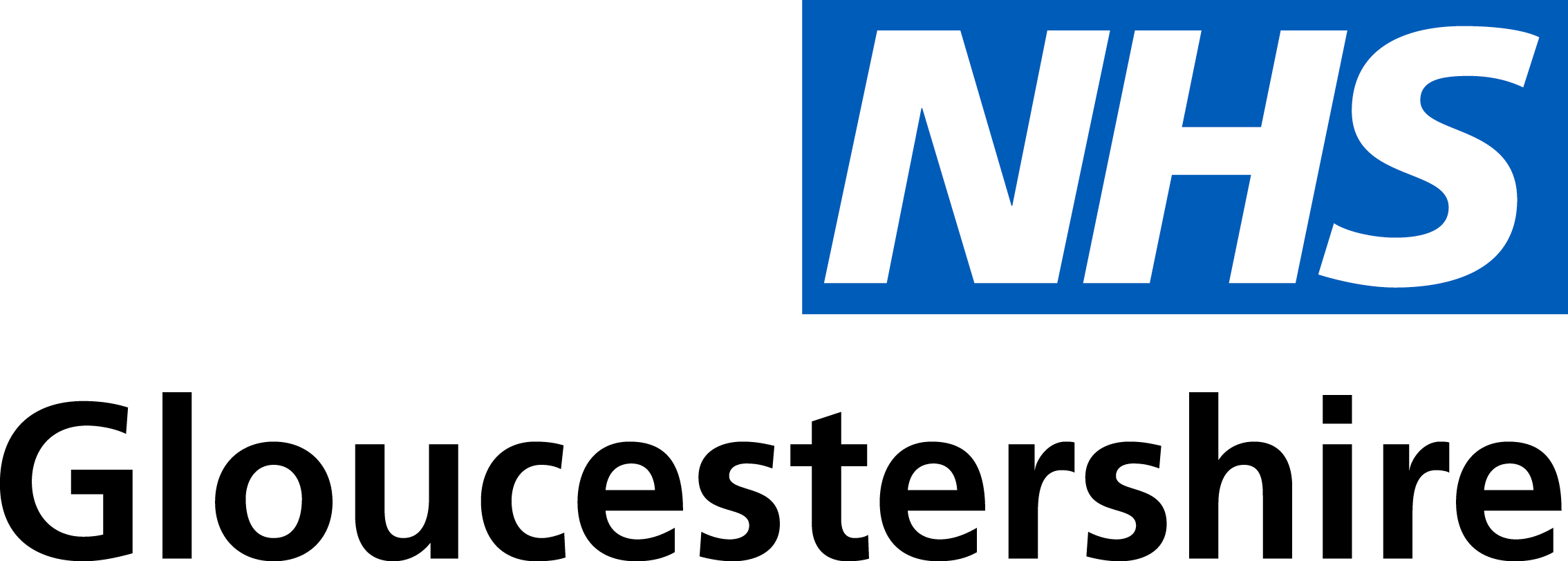Across Gloucestershire all NHS and care partners are working more closely than ever before to support patients and local communities through what we already know will be a very difficult winter.
We are being honest about the scale of the challenge and services are already experiencing increased pressure, with rising levels of seasonal illness and the complex needs of many needing care and support.
We acknowledge that some patients continue to experience longer waits in our Emergency Departments (A&E) than we would all like. The hospital has made considerable efforts to make the waiting experience as comfortable as possible and the most recent patient experience results reflect positive improvements with almost 70% of patients reporting a good or very good experience, compared to less than 50% previously.
A comprehensive joint Winter Plan was published earlier this month, and outlines how together we can support the public, and each other, in the months ahead and includes an additional £12 million in national and local funding.
Our comprehensive plan is about putting service users at the heart of all we do. It will strengthen our ability to cope, ensure we respond as one at times of peak pressure and put us in the best position to maintain high quality care for those most in need, including in our Emergency Departments.
Our Winter Plan sets out a whole raft of measures that relate to the journey in and out of hospital, including investing in staff, services and additional beds, ward space and discharge areas.
Gloucestershire hospitals has already seen significant and sustained improvements in the length of time it takes ambulances to handover patients, with 70% of ambulances completing this within 60 minutes (throughout November) and no patient waiting more than four hours – this is in contrast to much longer waits some months ago.
These improvements in ambulance handover delays mean crews can return to the road far more quickly and, as a result, Gloucestershire is now achieving much improved Category 2 response times compared to earlier in the year.
The Trust has also just opened the first phase of the improvements to the Emergency Department at GRH, with further developments over the next few months, which should improve patient experience.
Staff across NHS and care services continue to do an exceptional job in incredibly challenging circumstances and we also need to thank local people for their ongoing support in using NHS services responsibly and for showing respect and kindness towards health and care professionals.”
Additional information
The Gloucestershire Winter Plan is publicly available on the One Gloucestershire website here. The plan also outlines what local people can do to stay well wherever possible and work alongside the local services to support the most vulnerable.
Some examples of the measures being taken by health and care services:
- GP surgeries working together to offer additional appointments during evenings and on Saturdays
- Increasing the resilience of NHS 111 and 999 services
- Recruiting additional staff across health and social care, including Nurses and Health Care Assistants
- Ensuring services are in place to assess, treat and support older people and people with mental health needs to return home from hospital on the same day, with on-going support if required
- Increasing capacity in the A&E departments and ensuring people are seen by the most appropriate member of the team first time, by-passing waiting in A&E if appropriate and going straight to an assessment service
- Social Workers working in the two large hospitals to help avoid unnecessary hospital stays and to support planning for post hospital care (investing over £500,000)
Investing in additional NHS funded beds, including in the community and in the independent sector - Making sure arrangements are in place for people to leave hospital safely:
o additional staff working in the hospital to home teams
o investing in more care home beds
o increasing access to reablement and domiciliary (home) care staff – providing nursing care for patients and families at home where needed. - Building on existing arrangements to develop a hub dedicated to serious respiratory infections, with patients receiving same day access to care out of hospital while also creating additional capacity for hospitals and ambulance services
- Significant expansion of Virtual Wards to support people in the place they call home e.g. trauma, frailty and respiratory conditions
- Increasing capacity in joined up community health and care teams/rapid response services
- Voluntary sector organisation partners providing a follow up service to ensure patients are being supported to remain at home after leaving hospital
- Making best use of the two large hospital sites to ensure planned surgery can continue and reducing the backlog built up during the COVID-19 pandemic.

